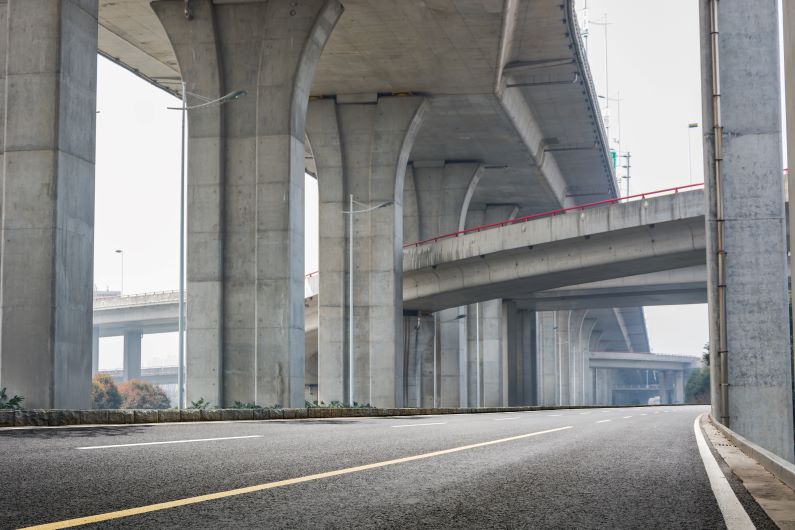
Caption: The Public Procurement Bill – a document that needs to address our real socio-economic dilemma.
The following three-part article is written by Vishaal Lutchman, Vice President of the South African Institution of Civil Engineering (SAICE). This is Part 1.
South Africa retains its status as the most unequal nation globally. While this assertion may appear unbelievable, it holds true when considering the Gini coefficient of 0.63 recorded in 2023. This metric serves as a persistent reminder of one of the real issues we face as a nation. Regrettably, our democratic institutions have yet to make substantial strides in addressing this issue of inequality. Upon reflecting on the foundational tenets of our Constitution, we acknowledge the historical injustices, that significantly underpin the current phenomenon of how inequality is experienced.
The current economic trajectory suggests that the intended healing may be undone while many actors, politicians and others, may wish that division to remain. Broadly we seem to be working against ourselves with no end in sight. The behaviours of some leaders are questionable, and regulations, such as the Public Procurement Bill, currently under revision, if constructed to give effect to past and current needs, has the potential to advance our objective of mitigating inequality. This article focuses on procurement practices within the public sector.
There are two broad concepts worth exploring, namely, the purpose of procurement and the ability to use such regulations for the public and private sectors to work effectively in growing a sustainable economy for all – as mentioned in the preamble to our Constitution. Literature reveals many objectives for procurement, that when broadly summarised include concepts of fairness; competition; transparency; value for money; quality and application of standards for the purchase; construction; operation; maintenance; and disposal of assets.
In order for these objectives to be achieved, the requestor typically needs to know the product or service required; the location of where it is needed; the quantity desired; the time it is needed; and the price of the products or services. It is simplified intentionally to give easy articulation of the objectives that are often ignored and postulated in a manner that does not give effect to these objectives in a balanced manner. It may also be that the complexity of designing such a system to achieve these objectives may be difficult to implement; however attempts to do so are unfortunately not apparent in the latest revision of the Public Procurement Bill.
Simply, if we seek to address balance across the objectives, implemented with efficiency, professionalism and integrity, this would go a long way in creating much improved public-private collaboration to the benefit of both parties. The lure of money seems to entice one to behave alternatively to such an extent that we have defined new terms such a “state capture”, and “systemic or institutionalised corruption”, which gives one an indication of how significant failures in the implementation of procurement has been and in so doing achieved perhaps, one or none, of these objectives – which I assert as one of the reasons our inequality is not being properly addressed.
The consequence of this is dire and laid bare by our socio-economic KPIs. In addition, when we consider new regulations or regulatory amendments, it is reasonable to identify a good sense of the gaps: what is not working, what is best for now, and the future based on the objectives we want to achieve. The regulations should make explicit reference to such objectives and give such effect in the construction of the relevant clauses. It is on this premise that I argue the construction of the Public Procurement Bill.
It is my opinion that the current iteration of the Public Procurement Bill [B 18-2023], if passed into law, will not address the existing dysfunction within South Africa’s public procurement system, which is a key objective of the proposed legislation. The criteria for this assertion is based on the objectives. My main assertion is that the regulations are too high level, and leaves much to the regulations, that may not segue into the guidelines. Further, if the regulations are not granular enough, then the achievement of the procurement objectives will be unsuccessful thereby perpetuating the status quo. The remedy will remain in the guidelines and not in the regulations and details will remain unclear.
Continued in Part 2…
More news
- PART 2: CONCRETE IN THE DESIGN OF A UNIQUE LUXURY HOME IN GEORGE, SOUTH AFRICA
- PART 1: CONCRETE IN THE DESIGN OF A UNIQUE LUXURY HOME IN GEORGE, SOUTH AFRICA
- MVULE GARDENS, AFRICA’S LARGEST 3D-PRINTED AFFORDABLE HOUSING PROJECT
- PART 3: HARNESSING THE POTENTIAL OF HIGH SULPHUR FLY ASH IN CONCRETE PRODUCTION
- PART 2: HARNESSING THE POTENTIAL OF HIGH SULPHUR FLY ASH IN CONCRETE PRODUCTION




